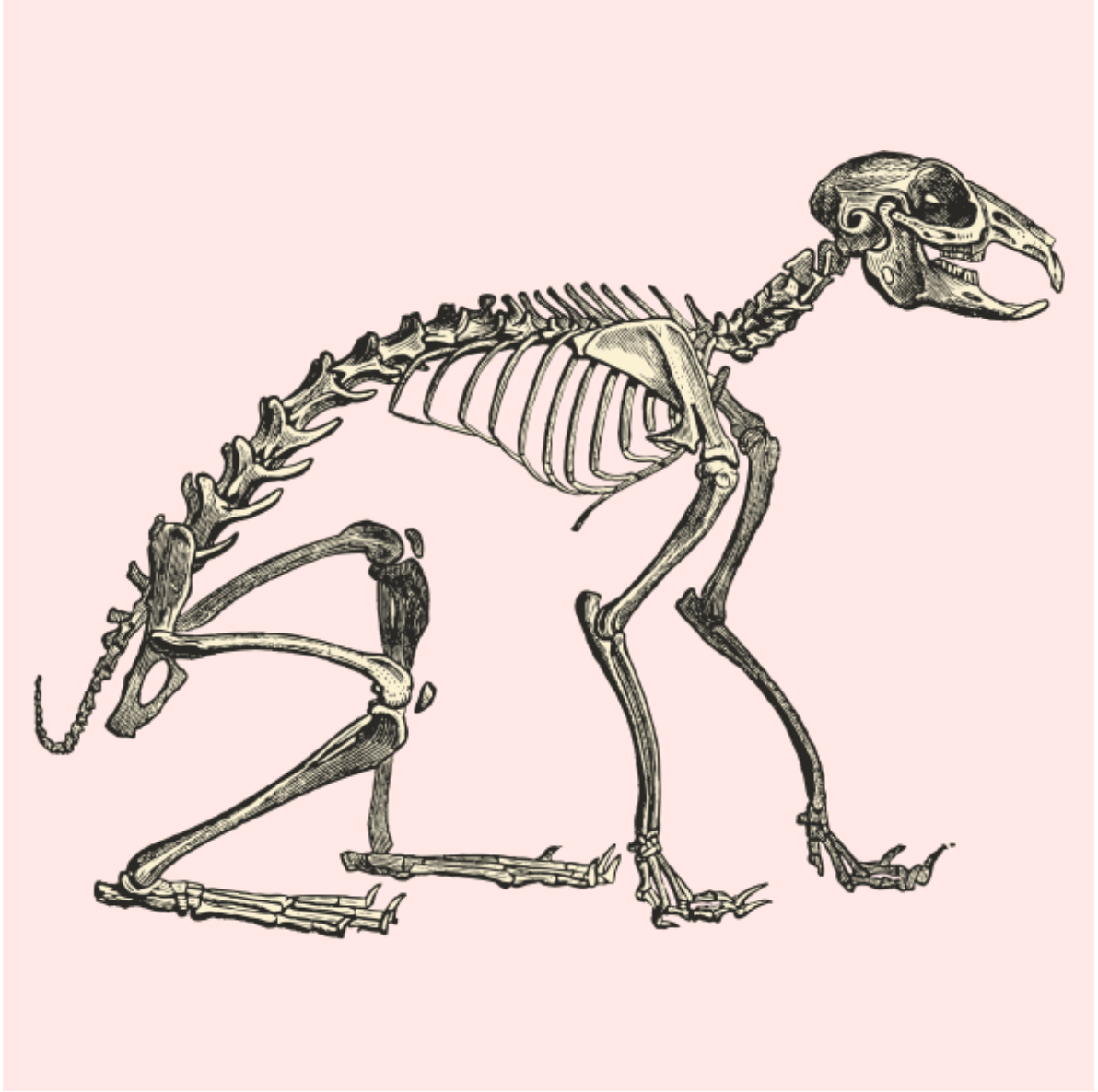Crazy Cures: I'm Glad I Didn't Lose My Hearing in Medieval Times
A Remedy for Deafness in the 1400s
Old English: Take the gall of ane har with aqua vite and woman mylke euen porciouns and wele medle togedir and put it in the ere. Anoþer: Take pisse off a ʒonge childe and put in to the er when it is newe
Which translates as: Take the gallbladder of a hare with distilled alcohol and a woman’s breastmilk in equal amounts. And meddle them well together and put [the mixture] in the ear. Another [remedy]: take the urine of a young child and put it into the ear when the urine is fresh.
Booze, breast milk and pee: what were they thinking?
These two brief remedies for deafness contain a lot of ingredients that seem quite bizarre to modern eyes. But many of them were common medicinal ingredients in the Middle Ages: the gall bladders of animals such as oxen, goats, cattle, and hares were often used in European cures and have been used in Chinese medicine for centuries.
The Latin term aqua vite, meaning ‘water of life’, was also a medieval go-to and could cover a range of different kinds of distilled alcohol including distilled wine. But by the early sixteenth century, the term could also describe a healing liquid distilled from human faeces... that would be a very different kind of life-giving water.
Probably on account of its associations with nourishment and nurture, the milk of a breastfeeding woman was also thought to help remedy many fifteenth-century ills. Frequently, though the remedies specify that the child the woman is nursing should be a ‘knave’ or a ‘maiden’ child (a boy or a girl). This is true of urine too – the gender of the adult or child producing it is often carefully prescribed.
This could have been because the bodily excretions of the different sexes were thought to have different humoral and healing properties. But the specificity could also have been an attempt to make the remedy sound more authoritative and convincing!
Were they onto something?
It is unlikely that breastmilk, gallbladder, or urine would have had any beneficial effects in the above remedies. There are long traditions in many cultures advocating the healing uses of urine, either by drinking it or applying it to the body.
Some people still advocate it today. But the practice is very dangerous because urine is often contaminated by bacteria when it leaves the urethra. Consequently it can cause, not cure, diseases. Users of the above medieval recipes were probably on slightly steadier ground in their use of alcohol: it is now well-known that, in the appropriate concentration, distilled alcohol can destroy bacteria on surfaces.
Perhaps, then, it could have helped with a persistent ear infection if that was the cause of temporary deafness. It would not, though, have done much to help deafness generated by other causes and, when poured into the ear, it could have done quite a lot of damage, burning and inflaming the ear more.
By Dr Hannah Bower, a leading medieval literature specialist at the University of Cambridge






